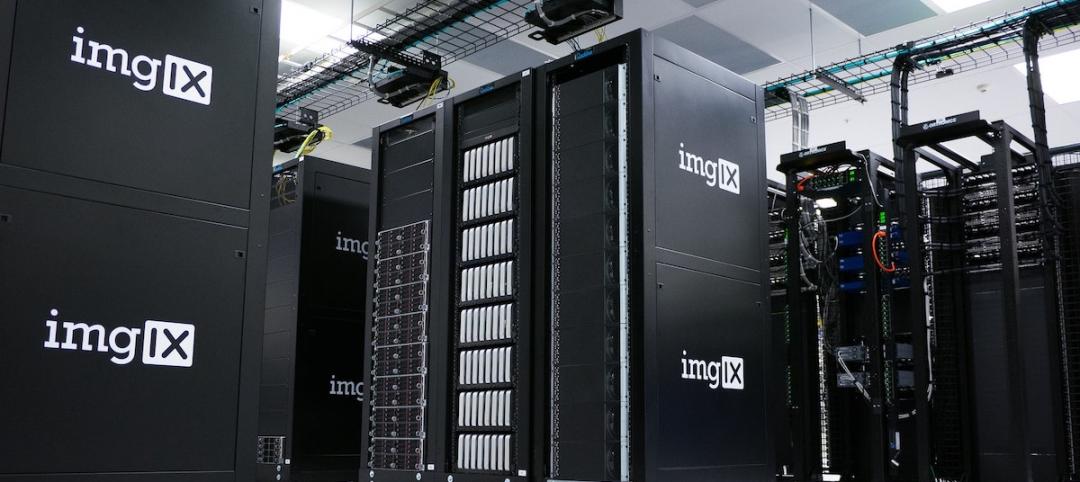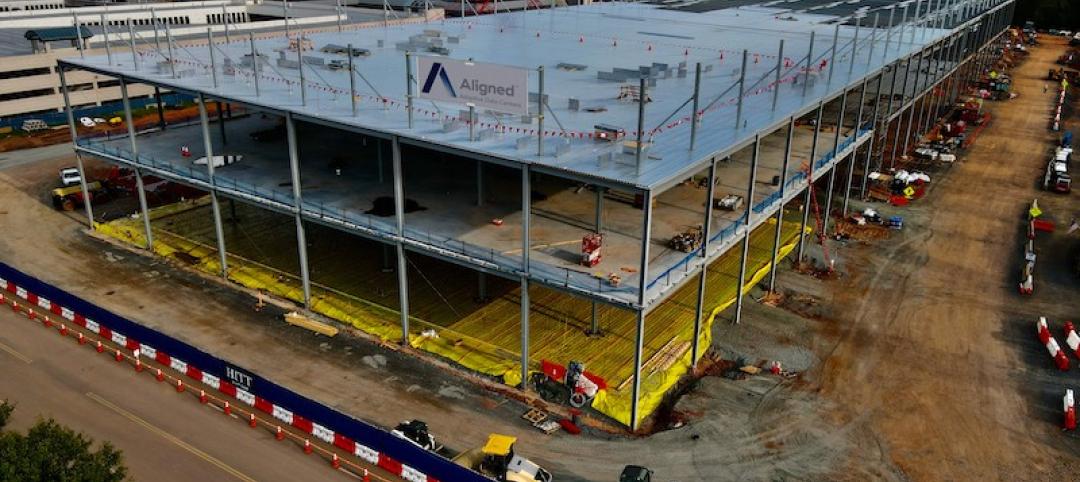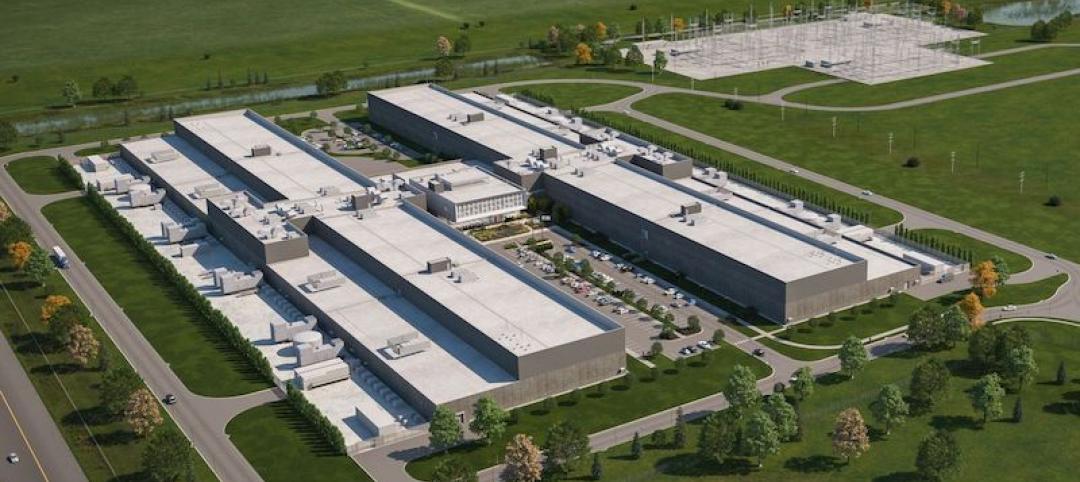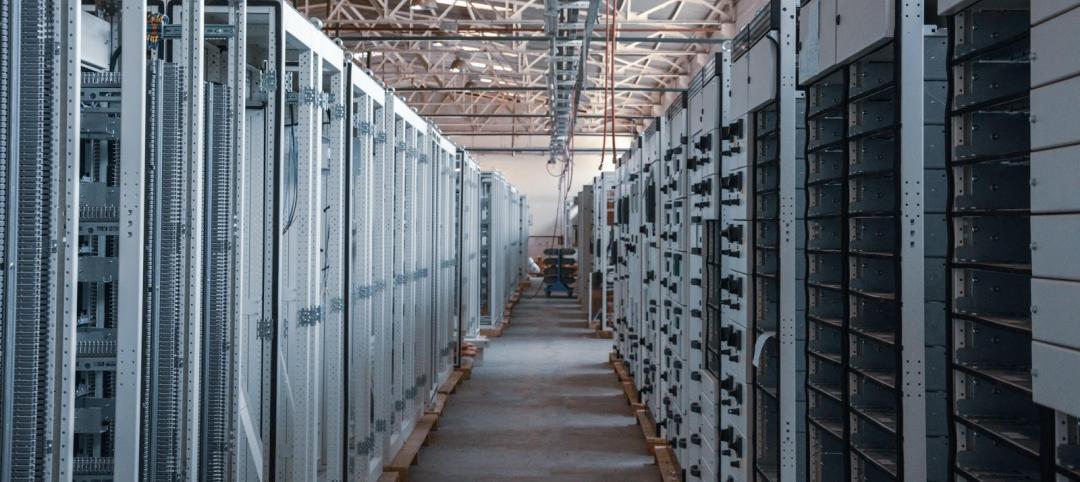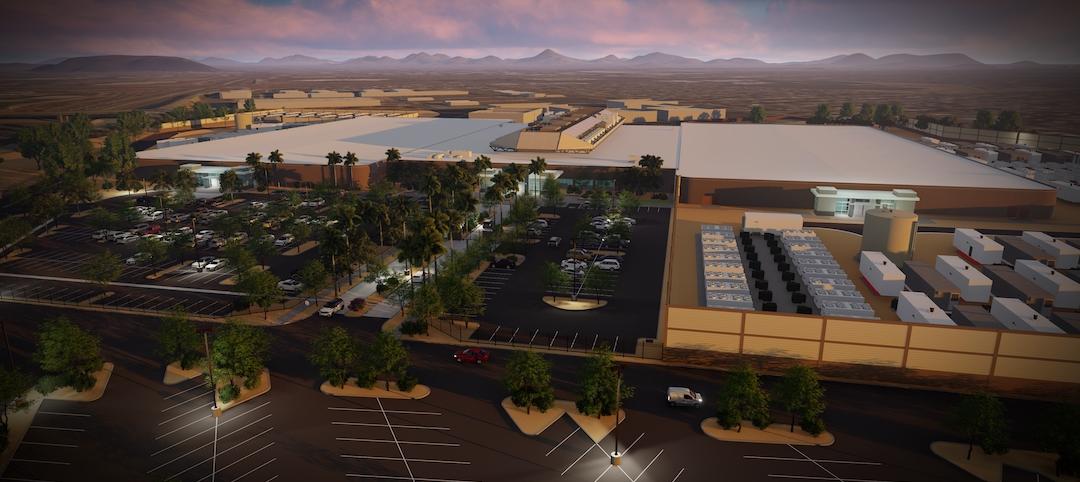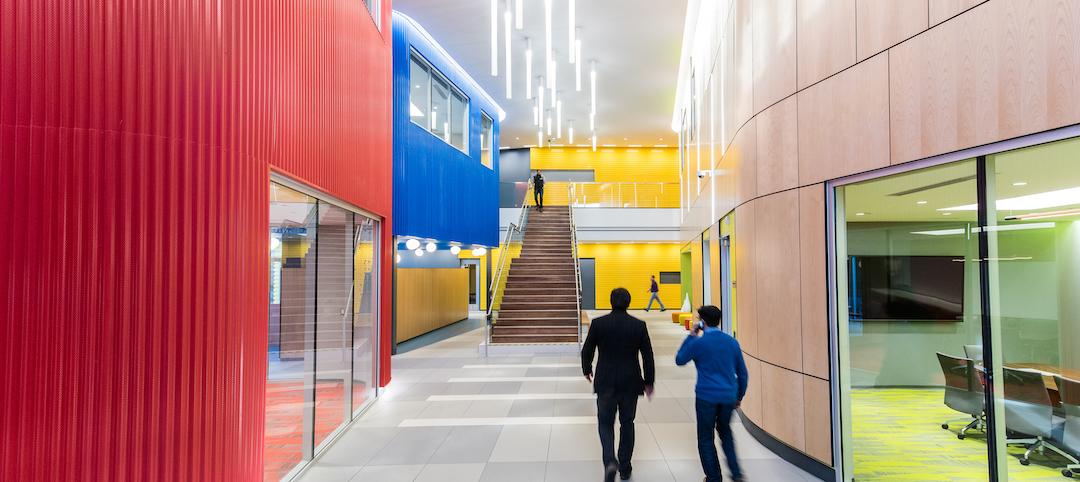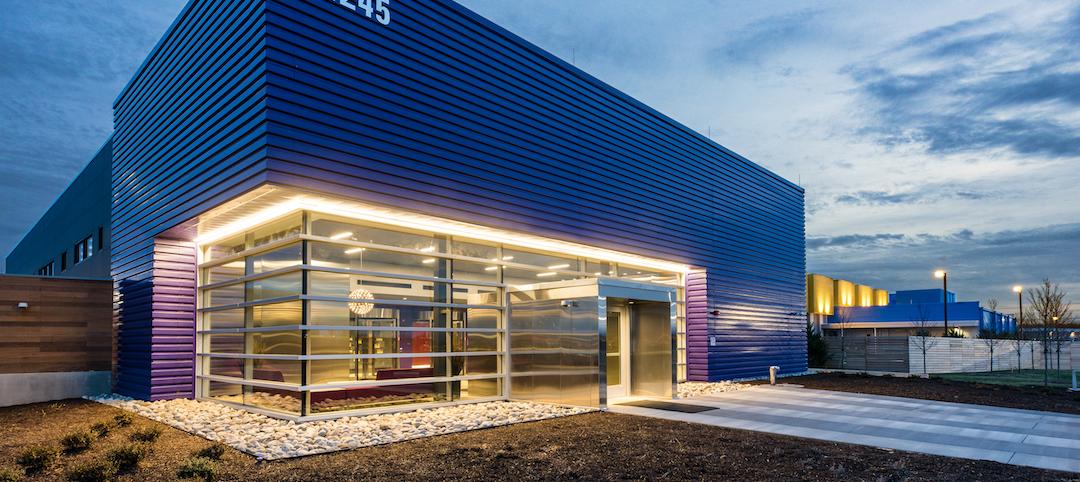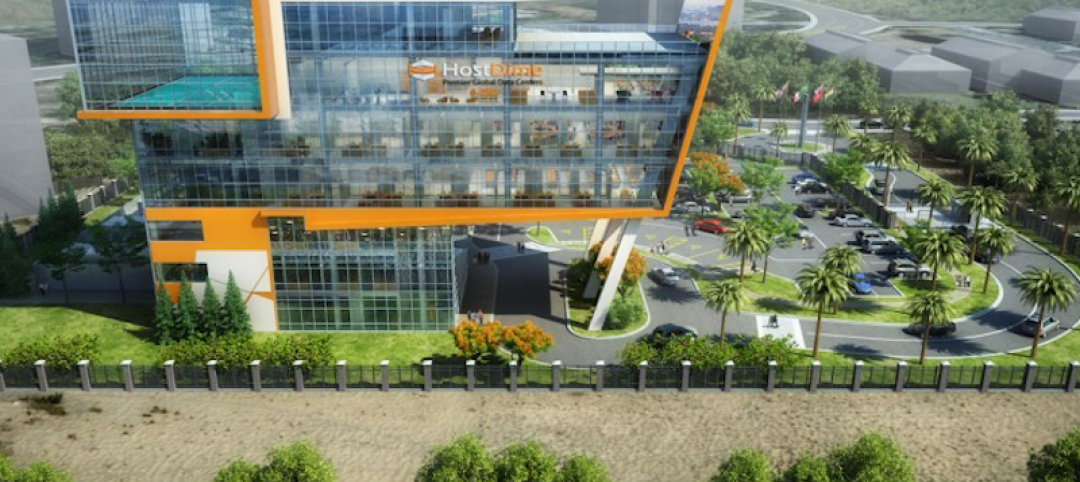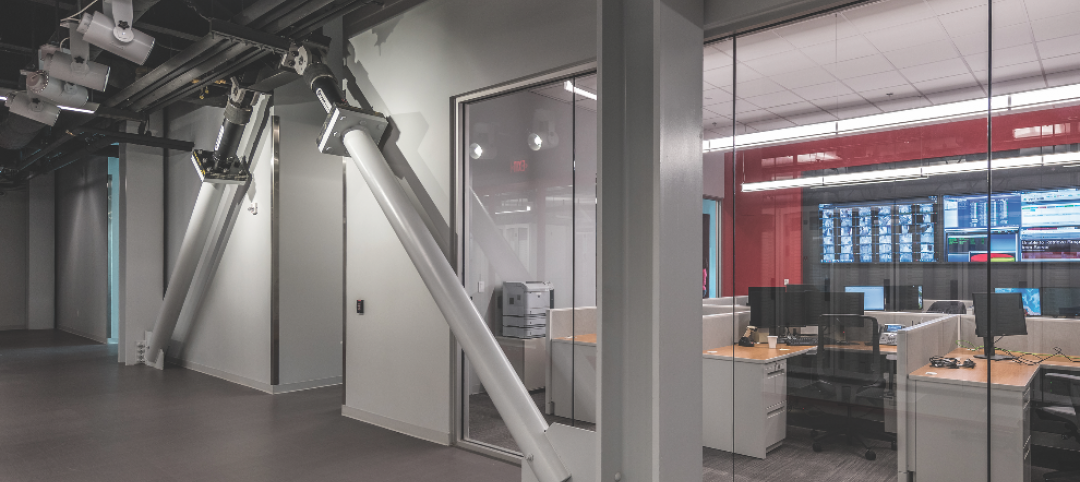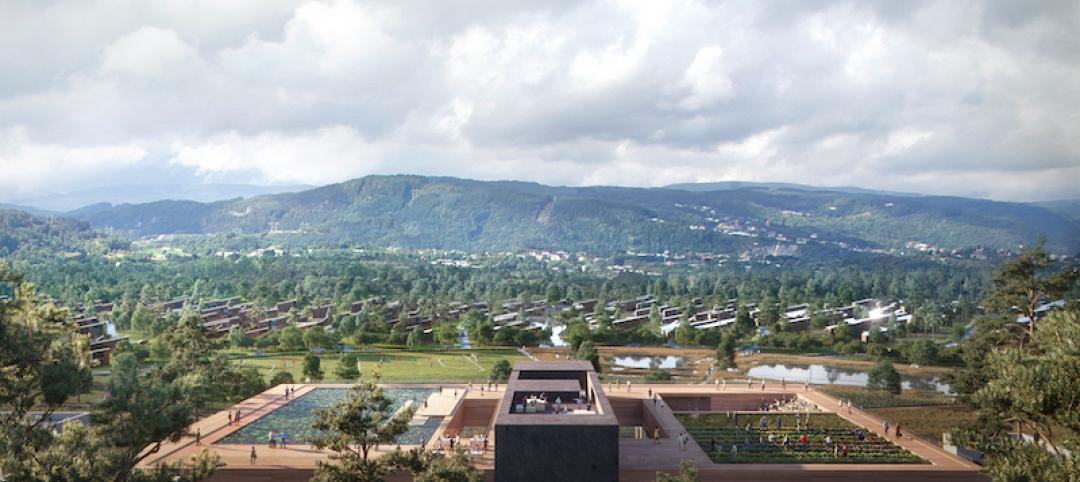Over the last decade, companies have been looking to the cloud as a way of accelerating the shift toward digital but were held back by inevitable change barriers that come with business transformation. The pandemic served as the ultimate wake-up call for organizations to take their IT infrastructure to new heights and accelerate their timelines to become fully transformed enterprises. According to JLL’s new Global Data Center Outlook, the mass adoption of cloud computing and artificial intelligence (AI) is driving exponential growth for the data center industry, with hyperscale and edge computing leading investor demand.
“After the pandemic removed the four walls of the workplace, our new world of hybrid work has created an unprecedented need for digital technology. Employees are looking to their companies to create a seamless experience wherever they choose to work, requiring intelligent technology solutions to bridge the gap between the physical and the digital,” said Andy Cvengros, Managing Director, JLL. “As this reliance on digital technology increases, the data center industry is experiencing impressive growth and catching the eyes of investors and lenders as a strong, alternative asset class that has been relatively unimpacted by continued economic uncertainty.”
With Internet usage almost universal, the need for more robust connectivity and innovative data storage solutions continues to drive high investor demand, where the global colocation data center market size is forecasted to grow 11.3% from 2021-2026. The U.S. is seeing strong appetite compared to other regions and accounts for 52% of all data center transactions from 2018 to 2022.
Additionally, the U.S. had 1,633 megawatts (mw) of absorption in 2022 for the six U.S. primary markets – Chicago Dallas-Fort Worth, New Jersey, Northern California, Northern Virginia and Phoenix. These markets also have 1,939 mw under construction.
As the demand for digital IT infrastructure continues to increase, hyperscalers and edge are poised to be the fastest-growing segments of the data center industry. In fact, the hyperscale market is expected to grow 20% from 2021 to 2026, as more major tech companies look to meet surging demand for data processing and storage requirements. With 314 new hyperscale sites globally in development today, that number is expected to surpass 1,000 by the end of 2024 – up from around 500 sites just five years ago. Fifty-three percent of hyperscale capacity is in the U.S., according to Uptime Institute.
Artificial intelligence drives demand for data center facilities
The goldrush of AI today is driving growth even further. Following the rapid development of AI tools like ChatGPT, the potential of generative AI to transform industries in 2023 is expected to accelerate demand for computing power in data centers. With AI offering increased data usage and computing efficiency benefits, half of all cloud data centers are expected to use AI by 2025.
Despite this strong demand, however, the skills shortage for high-tech talent will remain a challenge for the data center market’s continued growth. According to the Uptime Institute’s annual data center survey, nearly half of the workforce is approaching retirement within the next decade, and younger workers without the necessary technical skills are unable to fill new roles quickly enough to keep pace with sector growth.
As operators look to aggressively grow and deepen their bench of expert talent to avoid an industry-wide talent shortage, there will be increased focus on mass training programs for high-tech jobs. Government instituted programs will be to key keeping the data center talent pipeline full, including most recently with the CHIPS for America Act that offers grants and loans to help boost the education pipeline across the technology ecosystem, including data centers.
“At a time when our increasingly digital world is exploding with demand, data center operators are discovering that younger generations pose an entirely new recruitment challenge,” added Matt Landek, Managing Director, Data Centers & Telecom, Work Dynamics, JLL. “To help futureproof the industry and mitigate the labor pipeline drying up, scaling robust training and recruitment programs will be key in 2023 and beyond to build a stronger, more diverse pipeline of young talent.”
The report also explores corporations and governments focusing on ramping up efforts to close the gap between environmental commitments and action in the race to net-zero. The data center industry is facing increased pressure for more transparency of climate mitigation efforts and has been working toward more sustainable operations. Being one of the most energy-intensive building types, data centers collectively account for approximately 2% of the total U.S. electricity use, and, at the end of 2021, global data center energy consumption reached 190.8 terawatt hours – 2.2 times more than 2020.
To incentivize a more transparent and standardized approach toward sustainability, climate legislation momentum and self-regulatory initiatives are driving technology improvements and new sources of power. From the Inflation Reduction Act that extends tax credits for sustainable energy sources to the SEC proposing new climate-related disclosure requirements for public companies. First-mover operators who react swiftly to improve efficiency with both energy and water usage stand to benefit as environmental impacts remain top-of-mind for leading companies and investors.
Related Stories
Data Centers | Oct 26, 2020
Speed to market is biggest obstacle for burgeoning data center construction sector
Hyperscale and edge computing are driving growth in data center and mission critical facilities construction.
Data Centers | Sep 17, 2020
Data center provider Aligned links new financing to sustainability performance
One goal: 100% renewable energy consumption by 2024.
Data Centers | Jun 30, 2020
Facebook to build $800 million data center in DeKalb, Ill.
Mortenson Construction is the project’s general contractor.
Data Centers | May 8, 2020
Data centers as a service: The next big opportunity for design teams
As data centers compete to process more data with lower latency, the AEC industry is ideally positioned to develop design standards that ensure long-term flexibility.
Giants 400 | Aug 28, 2019
Top 45 Data Center Construction Firms for 2019
Whiting-Turner, Turner, Holder, DPR, and Fortis top the rankings of the nation's largest data center sector contractors and construction management firms, as reported in Building Design+Construction's 2019 Giants 300 Report.
Giants 400 | Aug 28, 2019
Top 50 Data Center Engineering Firms for 2019
Vanderweil, ESD, kW Mission Critical, Jacobs, and EXP head the rankings of the nation's largest data center sector engineering and engineering architecture (EA) firms, as reported in Building Design+Construction's 2019 Giants 300 Report.
Giants 400 | Aug 28, 2019
Top 35 Data Center Architecture Firms for 2019
Corgan, HDR, Gensler, AECOM, and Page top the rankings of the nation's largest data center sector architecture and architecture engineering (AE) firms, as reported in Building Design+Construction's 2019 Giants 300 Report.
Data Centers | Aug 9, 2019
This will be Central Florida’s largest data center
Baker Barrios Architects is designing the project.
Data Centers | Jul 25, 2018
Data centers keep cool while staying hot-hot-hot
Cooling mission critical facilities efficiently is critical to their operations and profitability.
Data Centers | Jun 22, 2018
Can this new data center concept combat climate change?
The concept has been dubbed The Spark.



